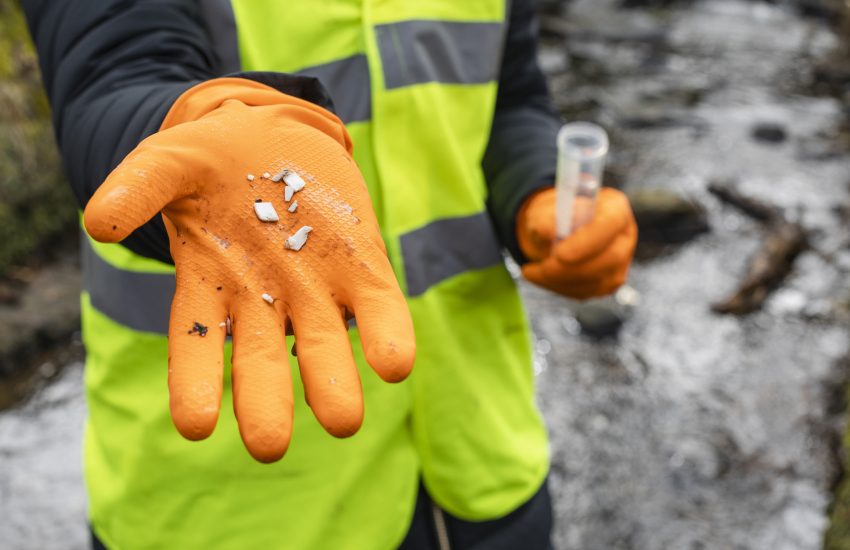* This article is a follow-up to our October 2021 post “No Asylum from Microplastics: How Recent Studies May Spark a Flood of Environmental Litigation.”
It was inevitable. As soon as the media mentioned that microplastics were found in babies’ fecal matter—our most innocent demographic—the proverbial gloves came off, and now plastics manufacturers are in the arena sustaining blows from all angles.
Backstory
Truth bomb: It is estimated that the once esteemed and widespread use of plastics in manufacturing, dating back …
Continue Reading









